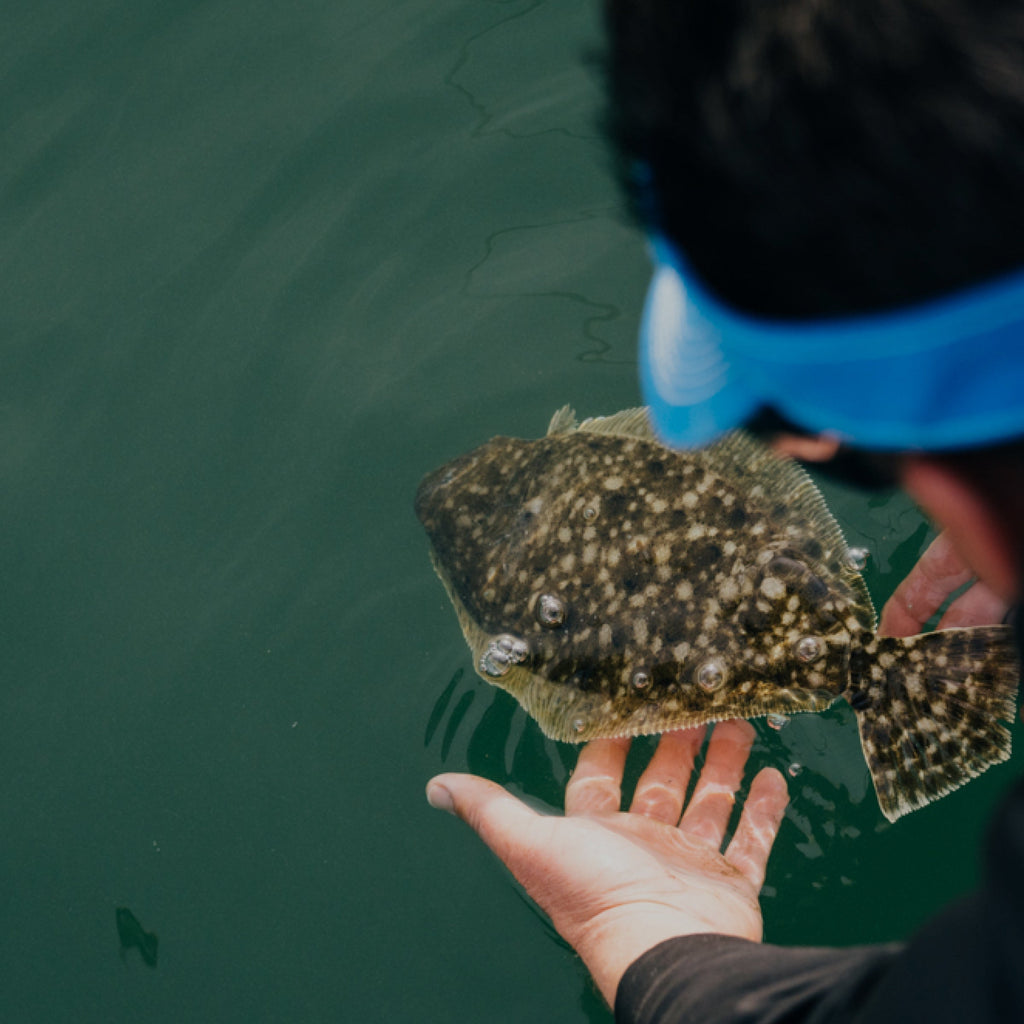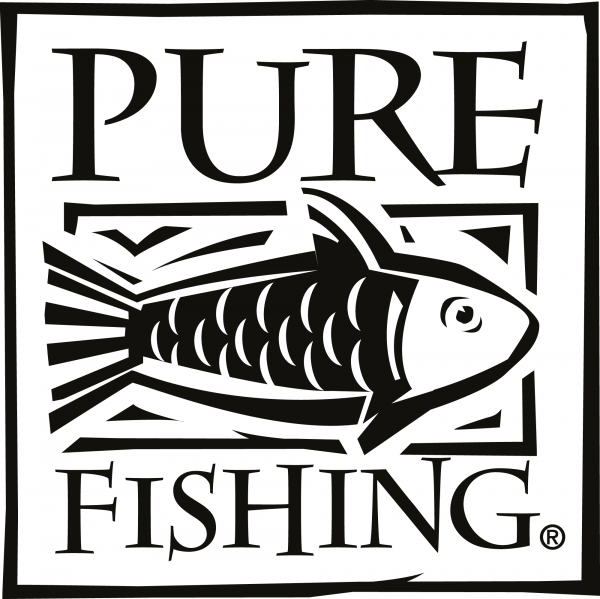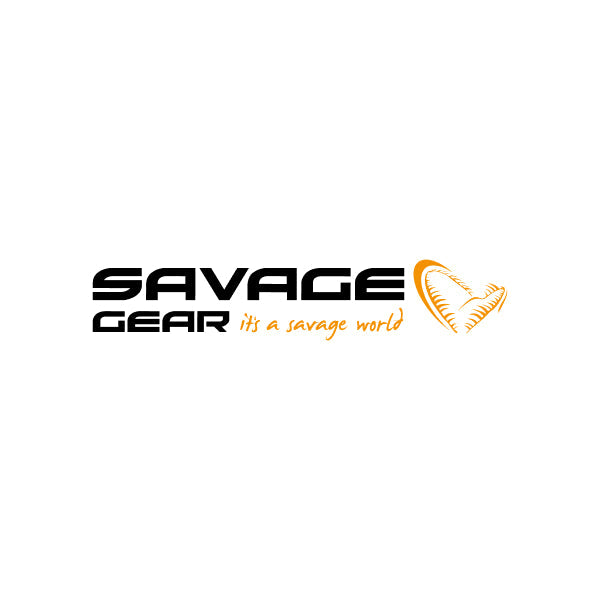
Built on the brands that built fishing, Pure Fishing is backed by passionate investors and creative minds that are responsible for much of the tackle that we love and still use today.
Day by day, innovation by innovation, and catch by catch, each brand in our portfolio has earned a distinct and unique reputation with modern anglers worldwide.
The growth of each of our brands represents much more than just a trusted reputation but also demonstrates the impressive growing number of anglers worldwide. Pure Fishing is dedicated to helping anglers everywhere have more fun catching more fish and enjoy their time on the water. So no matter what type of angler you are, we are sure one of the brands below will speak to your true nature:

Other Global Brands
Explore our greater family of global brands at Pure Fishing, Inc. — each with their own unique story but all united by a shared commitment to quality, innovations, and passion for angling.
- Water Wolf - Underwater Action Cameras
- Johnson - Spinnerbaits, Spools, Reels, & More
- Stren - Monofilament Fishing Line
- Mitchell - Spinning Reels & More
- Scierra - Fly Fishing Equipment
- Prologic - Speciality Carp Fishing Gear
- Hooker Electric - Electric Fishing Reels
- MADCAT - Specialty Catfish Gear
- JRC - Carp Fishing Tackle & Essentials
- Hansen - Sea Trout Lures & More
- DAM - Fishing Tackle, Equipment, Tools & More
- All Star - High-Quality Fishing Rods















